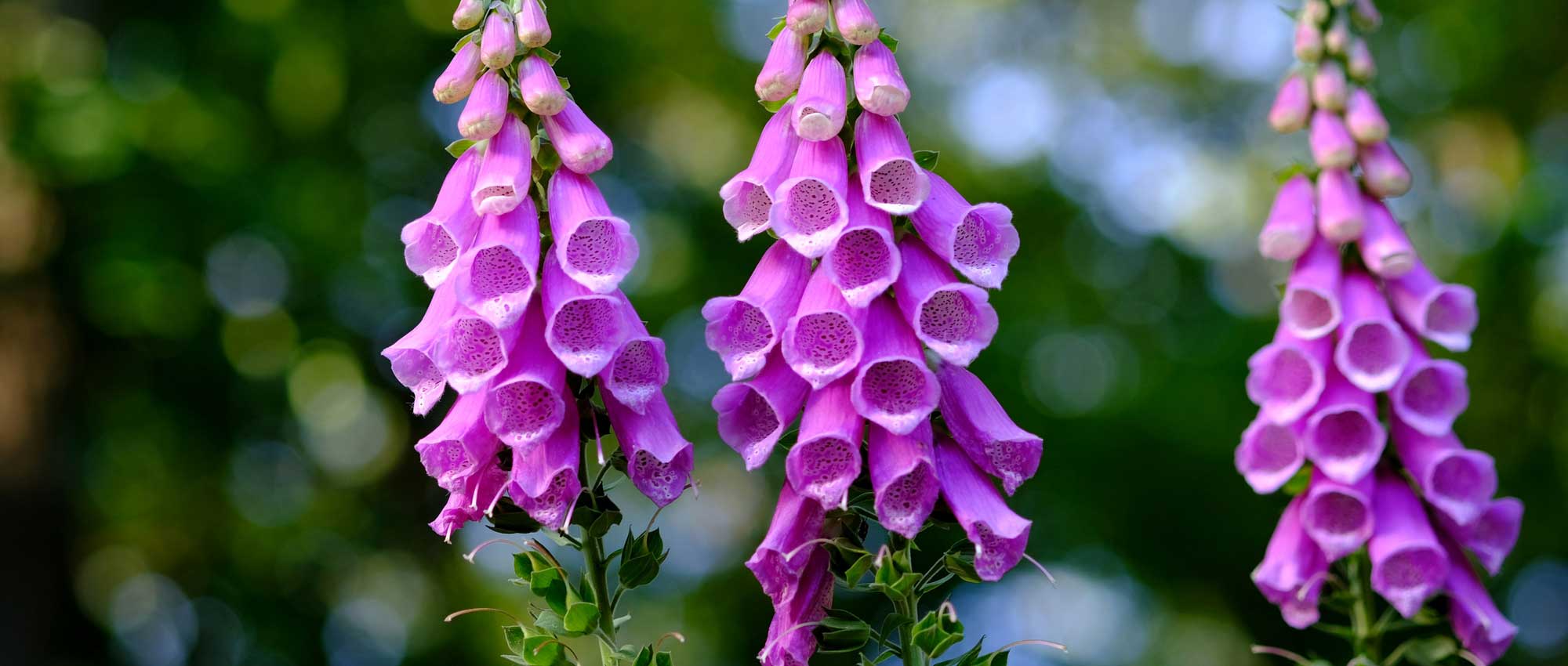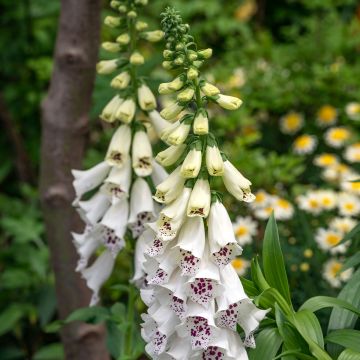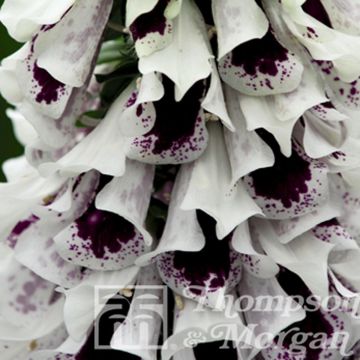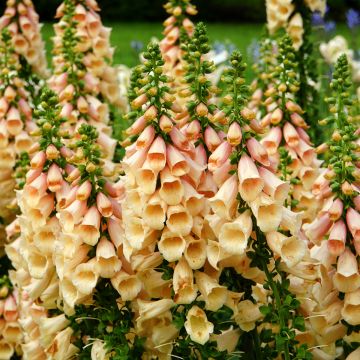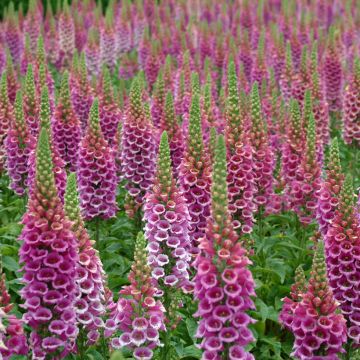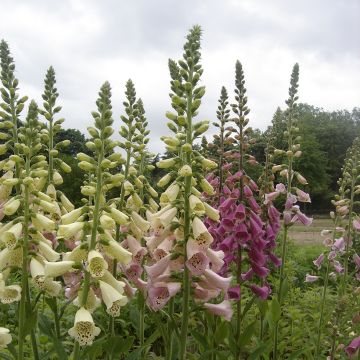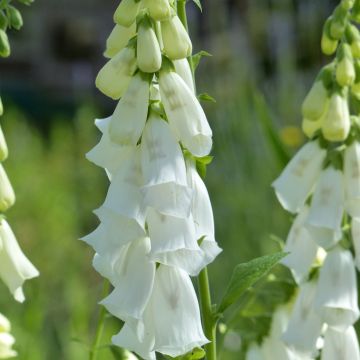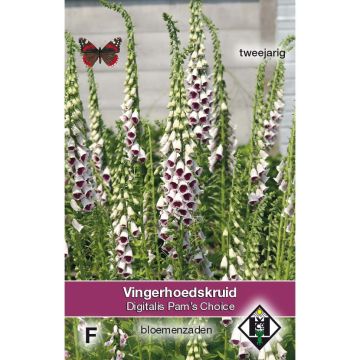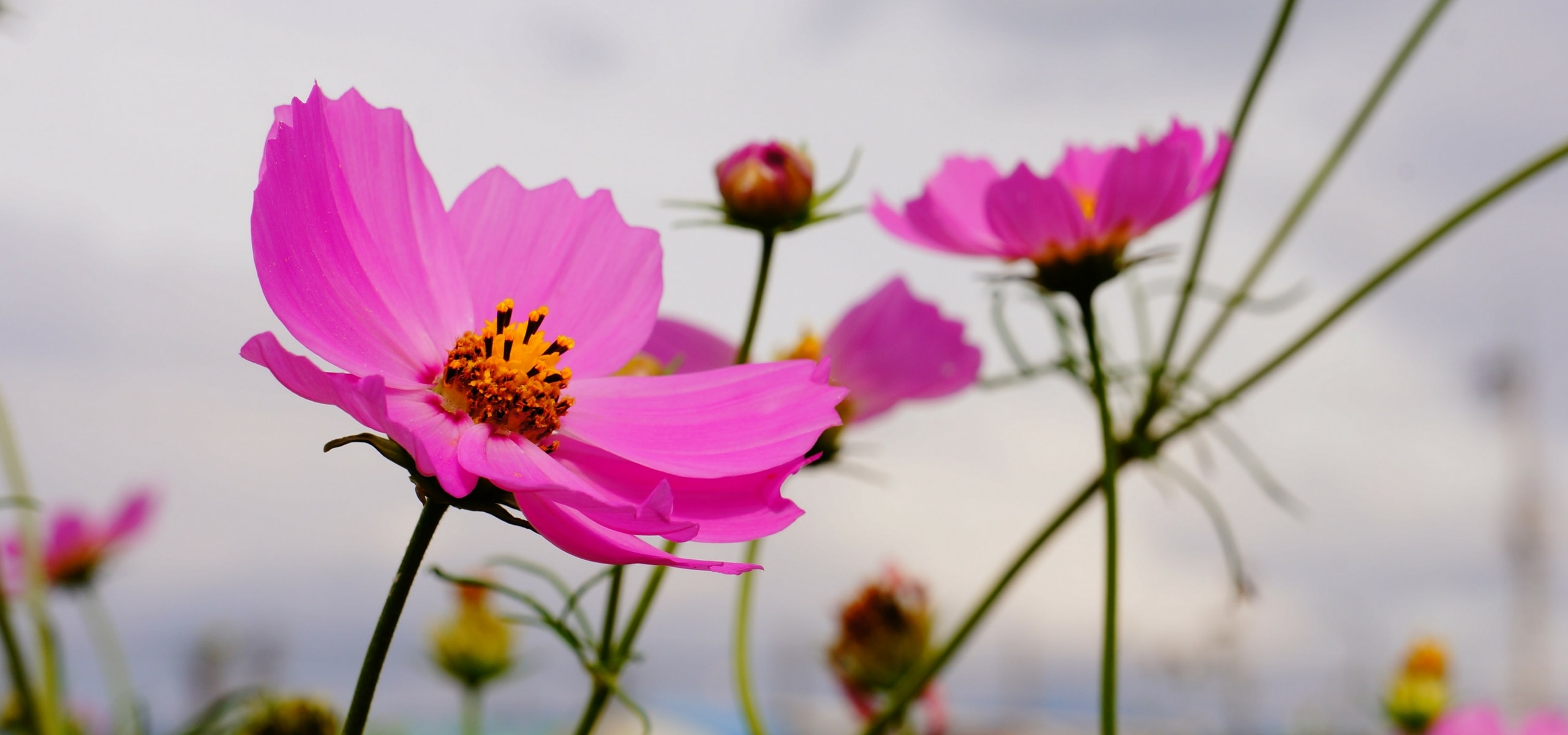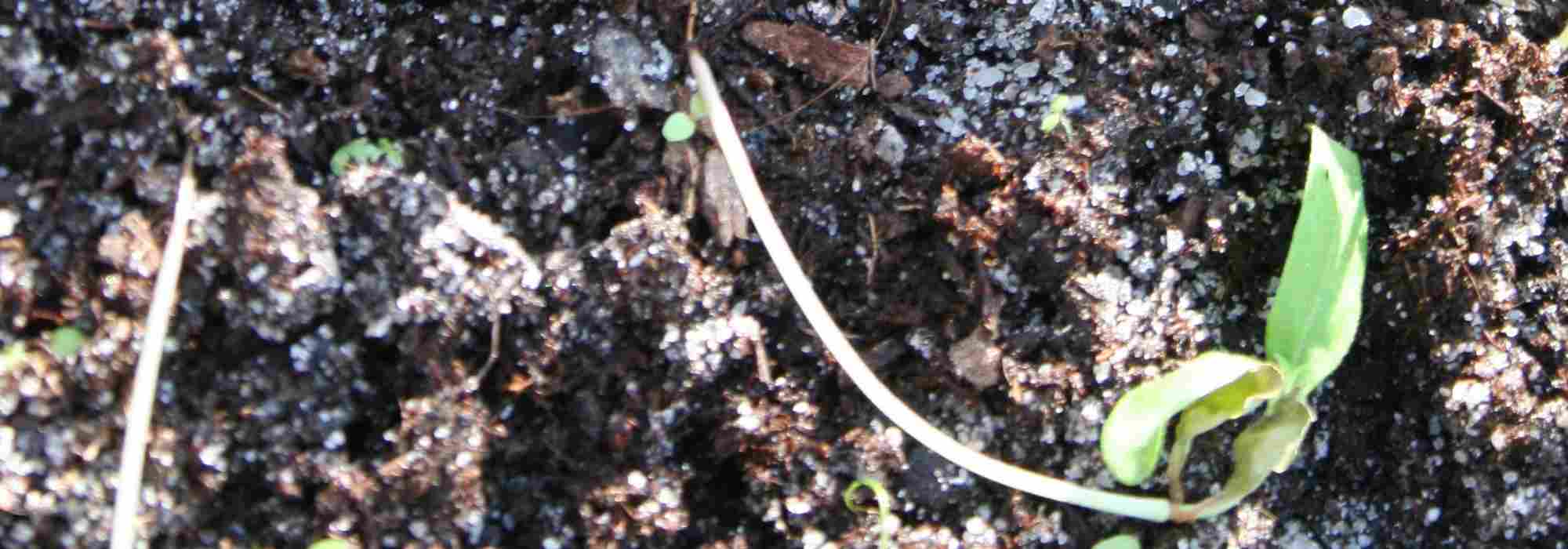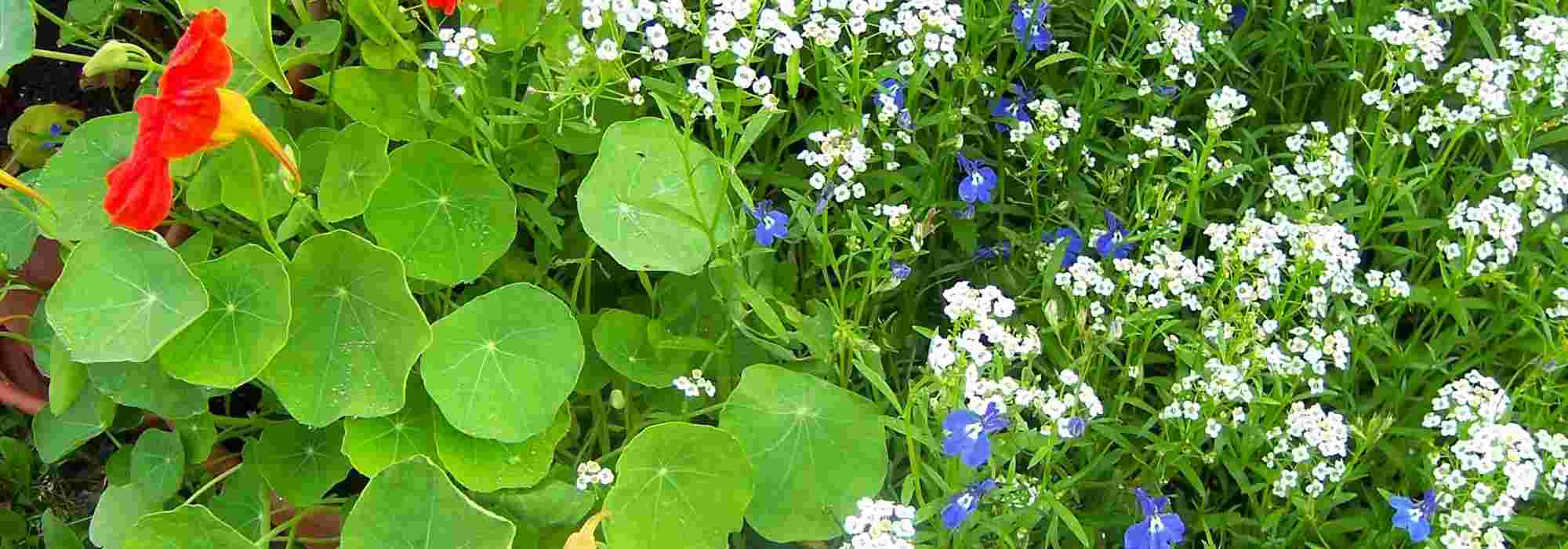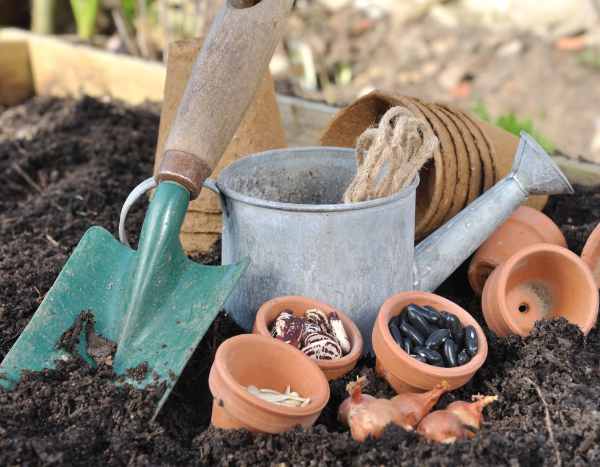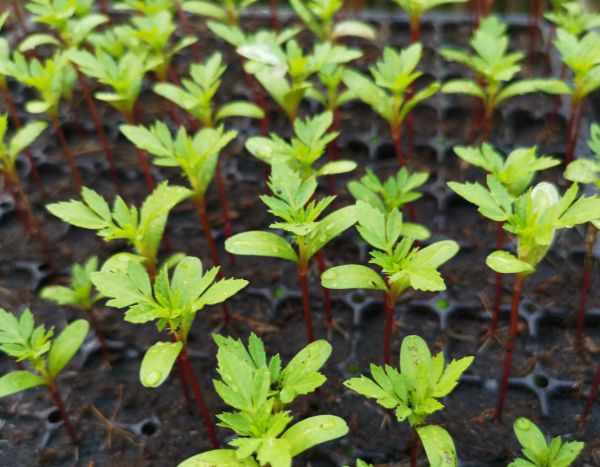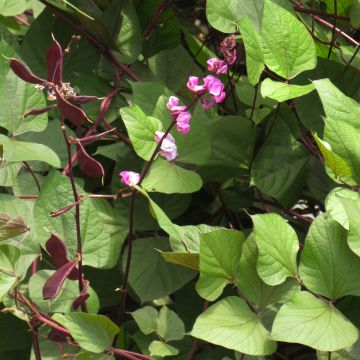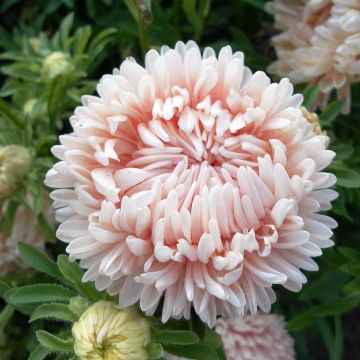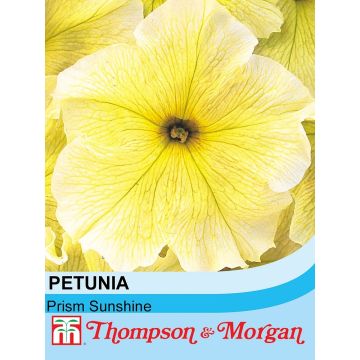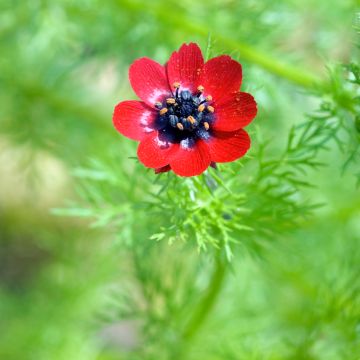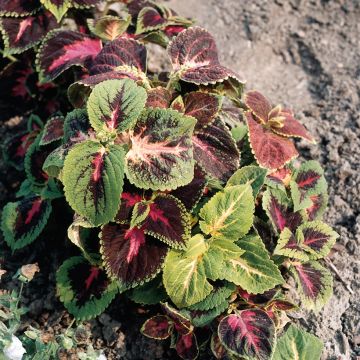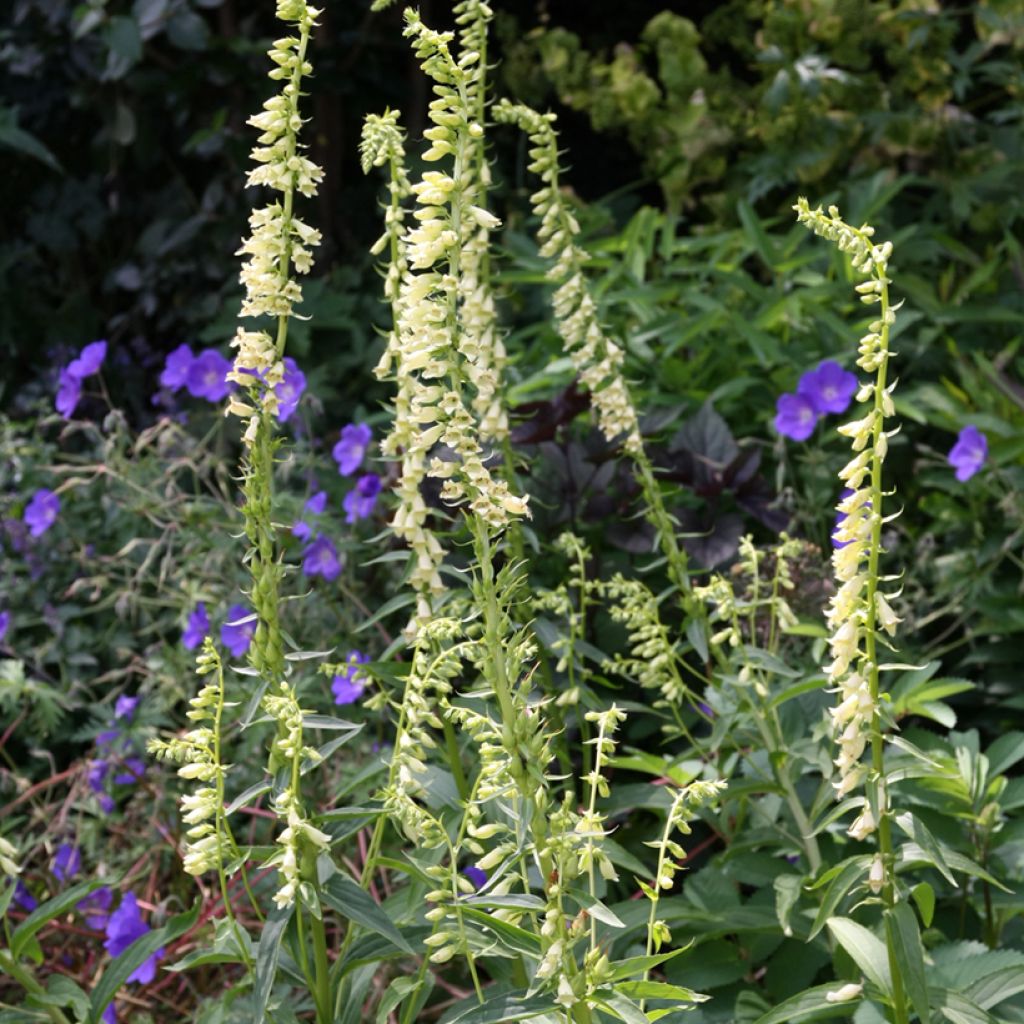

Digitalis lutea seeds - Foxglove
Digitalis lutea seeds - Foxglove
Digitalis lutea
Small Yellow Foxglove, Straw Foxglove
Special offer!
Receive a €20 voucher for any order over €90 (excluding delivery costs, credit notes, and plastic-free options)!
1- Add your favorite plants to your cart.
2- Once you have reached €90, confirm your order (you can even choose the delivery date!).
3- As soon as your order is shipped, you will receive an email containing your voucher code, valid for 3 months (90 days).
Your voucher is unique and can only be used once, for any order with a minimum value of €20, excluding delivery costs.
Can be combined with other current offers, non-divisible and non-refundable.
Home or relay delivery (depending on size and destination)
Schedule delivery date,
and select date in basket
This plant carries a 6 months recovery warranty
More information
We guarantee the quality of our plants for a full growing cycle, and will replace at our expense any plant that fails to recover under normal climatic and planting conditions.
Would this plant suit my garden?
Set up your Plantfit profile →
Description
The Yellow Foxglove or Digitalis lutea is a perennial form of foxglove, with a longer lifespan than others. From June to August, it unfolds thin floral stems with pale yellow to pale white tubular two-lipped flowers arranged in a dense cluster, opening one after the other. The inside of the corolla is hairy. Its alternate leaves are narrow, lanceolate, dark green, and glossy. This botanical species, more subtle than the purple foxglove due to its soft colour and modest size, is very elegant in sunny or semi-shaded borders. It is also less demanding in terms of soil and moisture than the purple foxglove and thrives in ordinary soil, even chalky and occasionally dry.
Digitalis lutea is a plant of the Scrophulariaceae family. This species is found in central Europe, Spain, Belgium, and Morocco. Its distribution is scattered, with fairly rare and stable habitats. It is a perennial herbaceous plant, developing a large evergreen rosette 30 cm in diameter, with entire, hairy, lanceolate, strongly veined, dark green leaves from spring. From June to August, sturdy floral stems rise to 60 to 70 cm in height. Adorned with small leaves on their lower third, they bear numerous closely packed flowers in the terminal part. These pale yellow corolla flowers, with a hairy interior, have an upper lip divided into two upright lobes. The raceme is simple, very elongated, unilateral, and leafy. The calyx, smooth or slightly ciliate, has five ovate-lanceolate divisions. The corolla, ranging from yellowish to pale white, measures between 15 and 20 mm long and 5 to 7 mm wide. It is tubular, swollen, smooth on the outside, and hairy on the inside. The stamens are visible externally. The flowers, arranged in long clusters, open gradually. Each flower attracts a host of bees and bumblebees, tirelessly collecting nectar and pollen. After pollination, capsules (fruits) form containing numerous seeds that self-sow in light soil. It will be more perennial if you prune the flowers before seed formation.
Plant Yellow Foxglove in full sun or partial shade, in ordinary soil, not too dry, even chalky. It pairs beautifully with pastel-toned roses, bear's breeches, or perennials with small blue flowers like hardy geraniums and blue flax. This plant, with a wild and romantic look, is ideal in dappled shade, alongside ferns or coral bells. It also creates sumptuous bouquets for the home. Digitalis lutea is perfect for recreating a woodland atmosphere by combining it with grasses, ferns, and Masterworts. At the back of a border, their shallow roots allow planting with perennials like Italian bugloss, Bugbanes, or asters. Their graceful and light appearance fits perfectly in naturally shaded scenes.
Attention, seeds reserved for experienced gardeners accustomed to sowing very fine seeds. These seeds are as fine as dust, barely visible to the naked eye.
Flowering
Foliage
Plant habit
Safety measures
Botanical data
Digitalis
lutea
Plantaginaceae
Small Yellow Foxglove, Straw Foxglove
Digitalis argyrostigma, Digitalis lutea var. grandiflora
Central Europe
ingestion
Cette plante est toxique si elle est ingérée volontairement ou involontairement.
Ne la plantez pas là où de jeunes enfants peuvent évoluer, et lavez-vous les mains après l'avoir manipulée.
Pensez à conserver l'étiquette de la plante, à la photographier ou à noter son nom, afin de faciliter le travail des professionnels de santé.
Davantage d'informations sur https://plantes-risque.info
Other Foxglove - Digitalis seeds
View all →Planting and care
Sow yellow foxgloves from January to May, on the surface of a good, moist, well-draining soil at a temperature of 18-29 °C. Lightly cover the seeds with vermiculite or a thin layer of sand and soil. Place your sowing in a propagator or in a polythene bag until the seeds germinate, which usually takes 14 to 30 days. Keep the sowing close to the light, as this facilitates germination.
Another technique is to sow in a cold greenhouse, as some seeds require a cold period to break their dormancy.
Transplant the plants when they are large enough to handle into trays or pots of 8 cm in diameter. Acclimatisee the plants gradually to cooler conditions for a few weeks before planting them after the last frost, spacing them 45 to 60 cm apart. Foxgloves from early sowings may sometimes flower in the first year.
The straw foxglove and its varieties prefer sunny exposures but tolerate partial shade well. They are not very demanding regarding the soil if it is well prepared and well-drained. Plant them in any good garden soil, slightly acidic, neutral, or even limey. They are very hardy plants, but their lifespan is rather short. They self-seed abundantly in the garden, but the resulting plants are rarely identical to the parent plants when it comes to horticultural selections.
Sowing period
Intended location
Planting & care advice
This item has not been reviewed yet - be the first to leave a review about it.
Similar products
Haven't found what you were looking for?
Hardiness is the lowest winter temperature a plant can endure without suffering serious damage or even dying. However, hardiness is affected by location (a sheltered area, such as a patio), protection (winter cover) and soil type (hardiness is improved by well-drained soil).

Photo Sharing Terms & Conditions
In order to encourage gardeners to interact and share their experiences, Promesse de fleurs offers various media enabling content to be uploaded onto its Site - in particular via the ‘Photo sharing’ module.
The User agrees to refrain from:
- Posting any content that is illegal, prejudicial, insulting, racist, inciteful to hatred, revisionist, contrary to public decency, that infringes on privacy or on the privacy rights of third parties, in particular the publicity rights of persons and goods, intellectual property rights, or the right to privacy.
- Submitting content on behalf of a third party;
- Impersonate the identity of a third party and/or publish any personal information about a third party;
In general, the User undertakes to refrain from any unethical behaviour.
All Content (in particular text, comments, files, images, photos, videos, creative works, etc.), which may be subject to property or intellectual property rights, image or other private rights, shall remain the property of the User, subject to the limited rights granted by the terms of the licence granted by Promesse de fleurs as stated below. Users are at liberty to publish or not to publish such Content on the Site, notably via the ‘Photo Sharing’ facility, and accept that this Content shall be made public and freely accessible, notably on the Internet.
Users further acknowledge, undertake to have ,and guarantee that they hold all necessary rights and permissions to publish such material on the Site, in particular with regard to the legislation in force pertaining to any privacy, property, intellectual property, image, or contractual rights, or rights of any other nature. By publishing such Content on the Site, Users acknowledge accepting full liability as publishers of the Content within the meaning of the law, and grant Promesse de fleurs, free of charge, an inclusive, worldwide licence for the said Content for the entire duration of its publication, including all reproduction, representation, up/downloading, displaying, performing, transmission, and storage rights.
Users also grant permission for their name to be linked to the Content and accept that this link may not always be made available.
By engaging in posting material, Users consent to their Content becoming automatically accessible on the Internet, in particular on other sites and/or blogs and/or web pages of the Promesse de fleurs site, including in particular social pages and the Promesse de fleurs catalogue.
Users may secure the removal of entrusted content free of charge by issuing a simple request via our contact form.
The flowering period indicated on our website applies to countries and regions located in USDA zone 8 (France, the United Kingdom, Ireland, the Netherlands, etc.)
It will vary according to where you live:
- In zones 9 to 10 (Italy, Spain, Greece, etc.), flowering will occur about 2 to 4 weeks earlier.
- In zones 6 to 7 (Germany, Poland, Slovenia, and lower mountainous regions), flowering will be delayed by 2 to 3 weeks.
- In zone 5 (Central Europe, Scandinavia), blooming will be delayed by 3 to 5 weeks.
In temperate climates, pruning of spring-flowering shrubs (forsythia, spireas, etc.) should be done just after flowering.
Pruning of summer-flowering shrubs (Indian Lilac, Perovskia, etc.) can be done in winter or spring.
In cold regions as well as with frost-sensitive plants, avoid pruning too early when severe frosts may still occur.
The planting period indicated on our website applies to countries and regions located in USDA zone 8 (France, United Kingdom, Ireland, Netherlands).
It will vary according to where you live:
- In Mediterranean zones (Marseille, Madrid, Milan, etc.), autumn and winter are the best planting periods.
- In continental zones (Strasbourg, Munich, Vienna, etc.), delay planting by 2 to 3 weeks in spring and bring it forward by 2 to 4 weeks in autumn.
- In mountainous regions (the Alps, Pyrenees, Carpathians, etc.), it is best to plant in late spring (May-June) or late summer (August-September).
The harvesting period indicated on our website applies to countries and regions in USDA zone 8 (France, England, Ireland, the Netherlands).
In colder areas (Scandinavia, Poland, Austria...) fruit and vegetable harvests are likely to be delayed by 3-4 weeks.
In warmer areas (Italy, Spain, Greece, etc.), harvesting will probably take place earlier, depending on weather conditions.
The sowing periods indicated on our website apply to countries and regions within USDA Zone 8 (France, UK, Ireland, Netherlands).
In colder areas (Scandinavia, Poland, Austria...), delay any outdoor sowing by 3-4 weeks, or sow under glass.
In warmer climes (Italy, Spain, Greece, etc.), bring outdoor sowing forward by a few weeks.






























